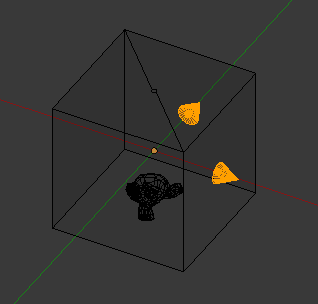Hello everyone! I am very happy with all your advice and guidance in using macbethcal for RGB measurement, a luxmeter for trans measurement, and ies files for light. However I currently have absolutely no idea how to measure specularity and roughness (and I guess, also anisotropic roughness). I have been using rules of thumb about plastic and metal as written in the refman, but that’s about it.
In the book, Rendering with Radiance, I see a suggestion about building a bottomless black box with a viewing aperture and 3 known LEDs. I think this is a great idea. I can build this box, place it on top of materials, simulate the virtual equivalent and compare and play around until the two match in both specular and roughness.
This black box approach would also work with complicated surfaces, such as my Ikea table which has a grain which alternates between specular and non-specular.
I also came across Measuring and modeling aniostropic reflection and NIST BRDF measurements rendered with Radiance. The paper suggests building a spinning goniometer cheaply. I haven’t read in too much detail, largely because I don’t understand when it would be applicable. If the black box approach works, then when would you need the goniometer? Is it only when you are trying to measure a material where the material properties are dependant on angle? (e.g. colour changing materials, lacquer finishes on concrete floors, clearcoat car paints) My understanding is that it is only when a material property depends on angle, then a BRDF function needs to be measured.
Edit: My Dulux paint colour fandeck also has a set of “gloss / sheen” references, similar to the technique talked about in using a grayscale chart to measure average reflectance. However my initial hunch is that their definition of “gloss / sheen” is not the same as what I’m looking for 
Are there more approaches that I am unaware of? (Apart from buying very expensive equipment!) Has anybody built these boxes or goniometer? Can you post photos and any comments about it?

